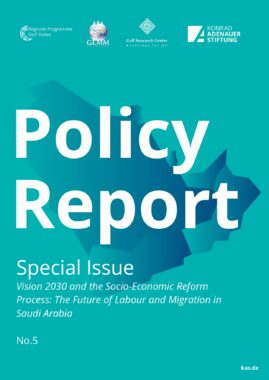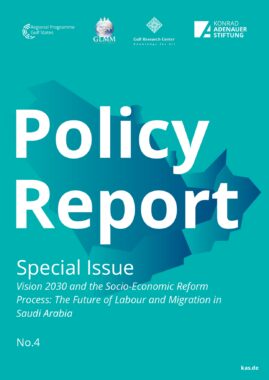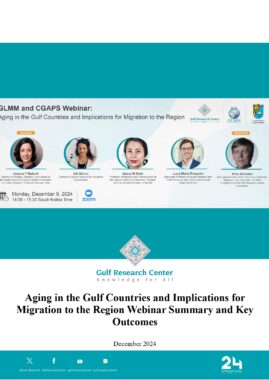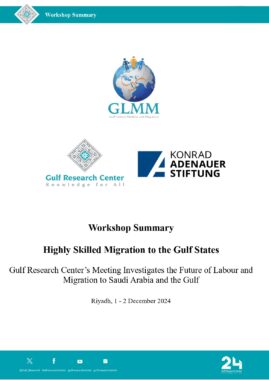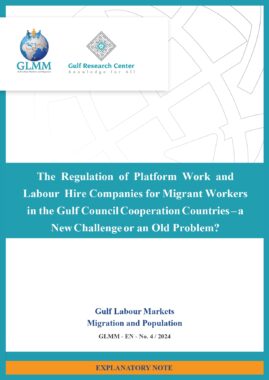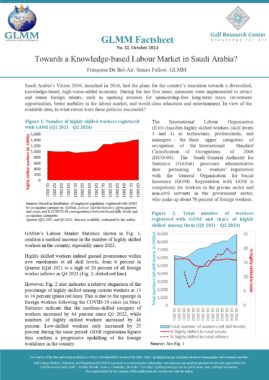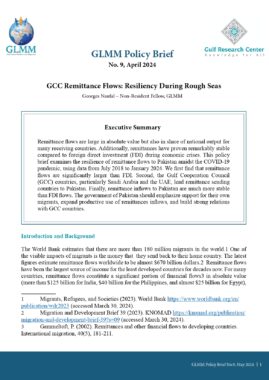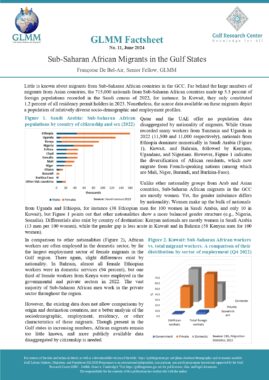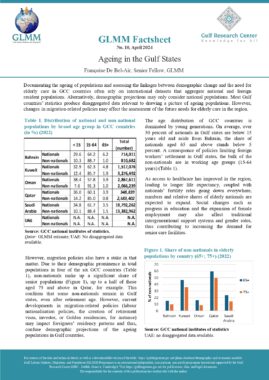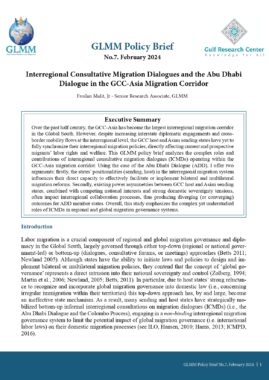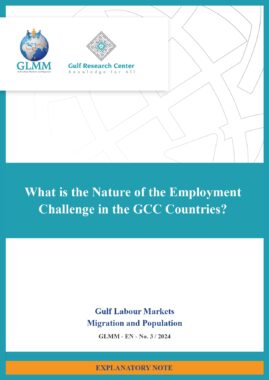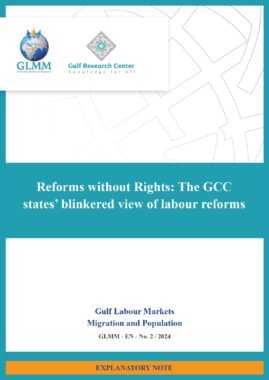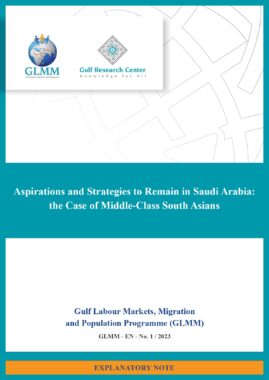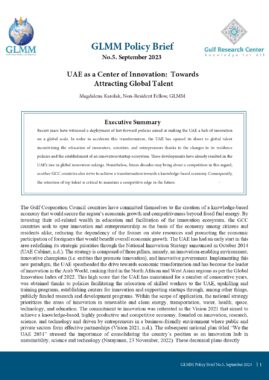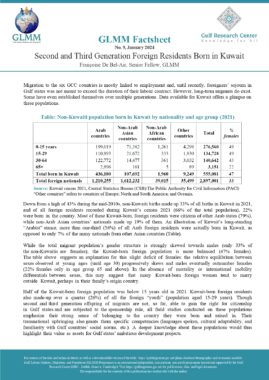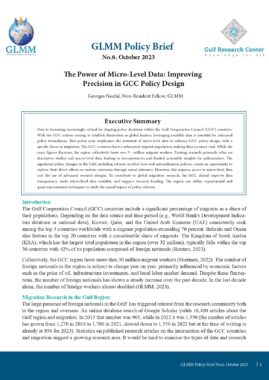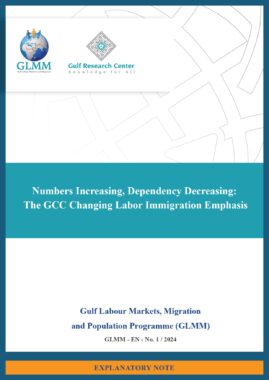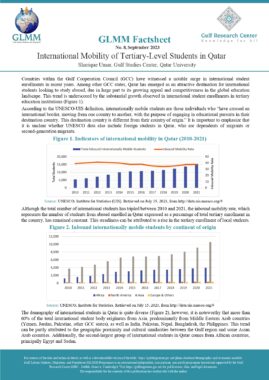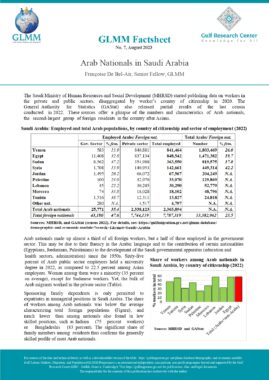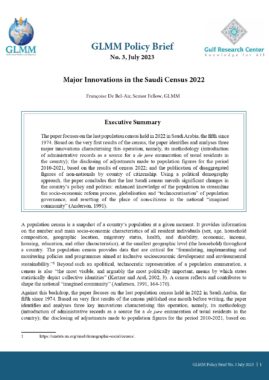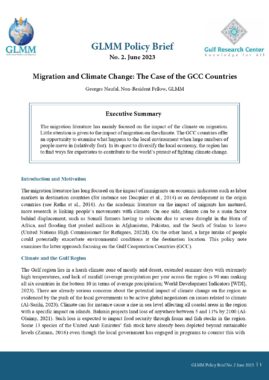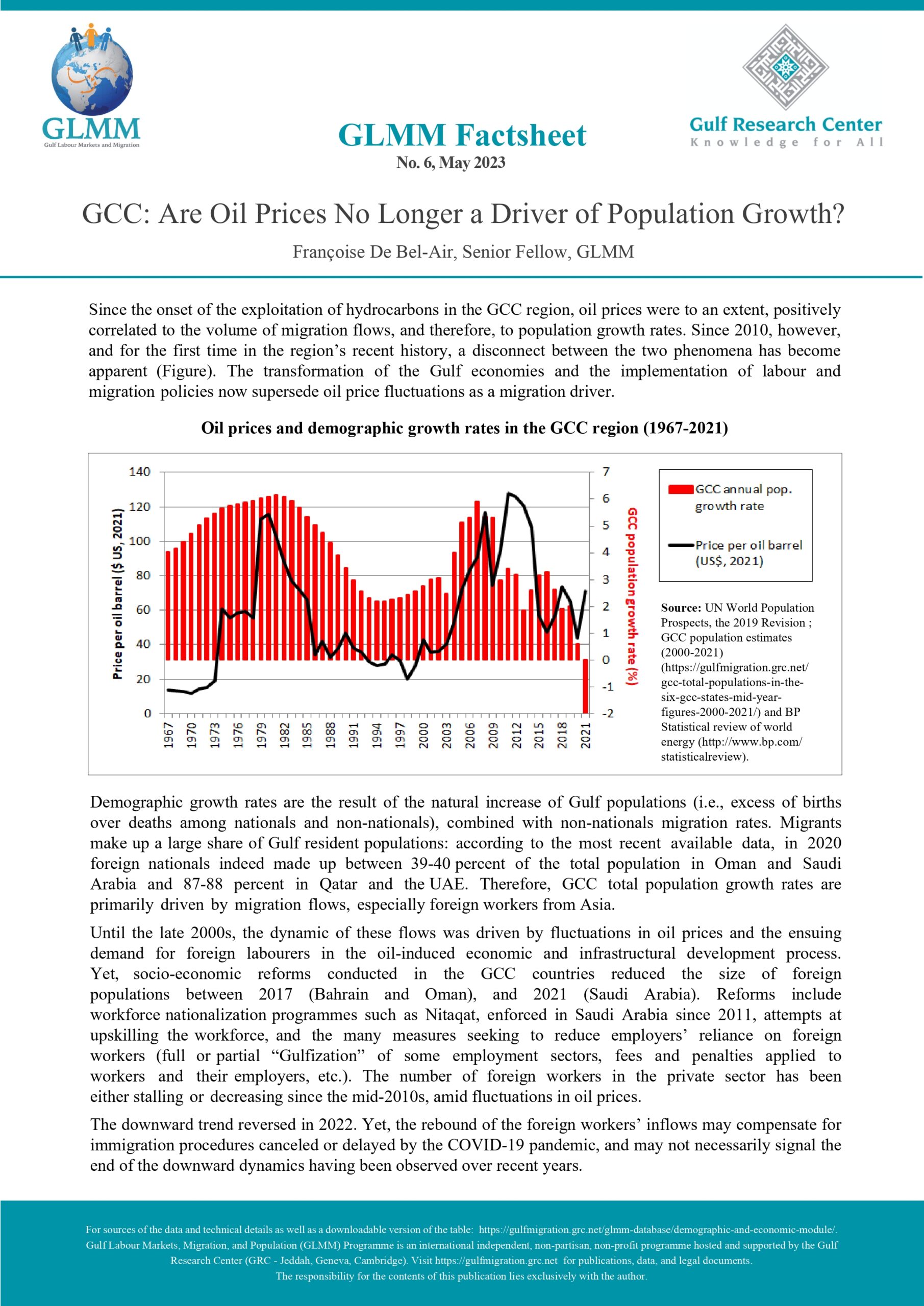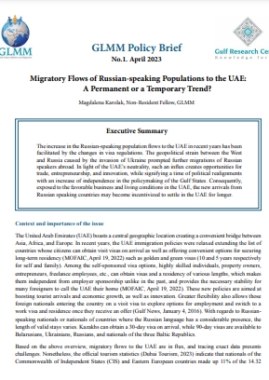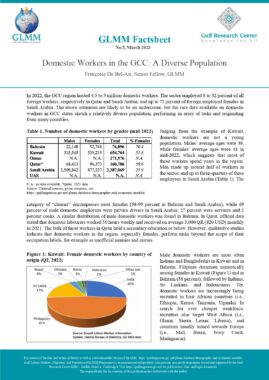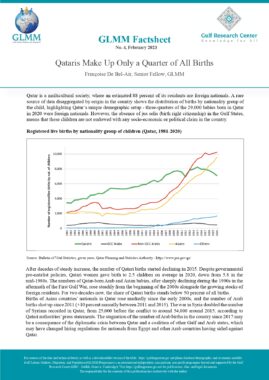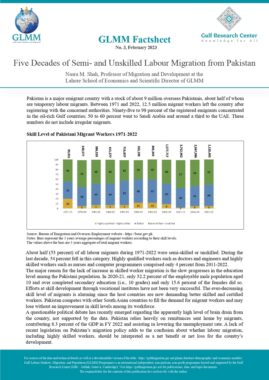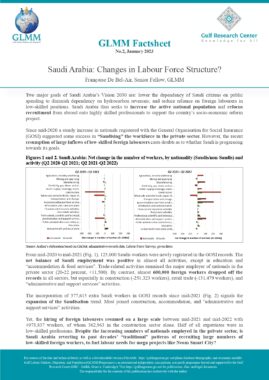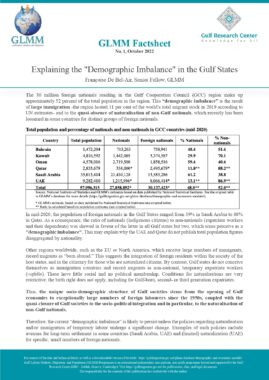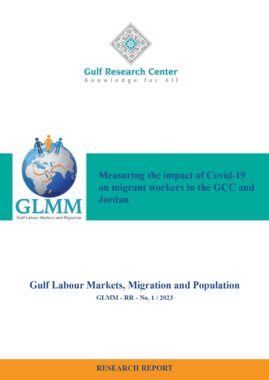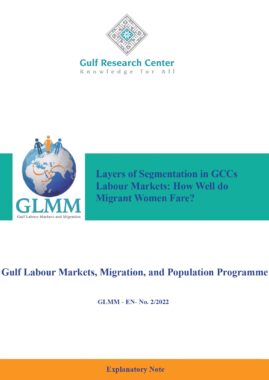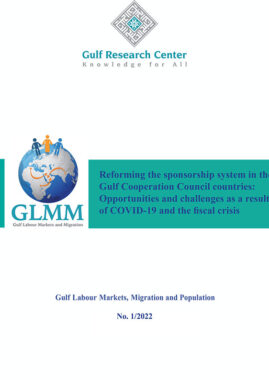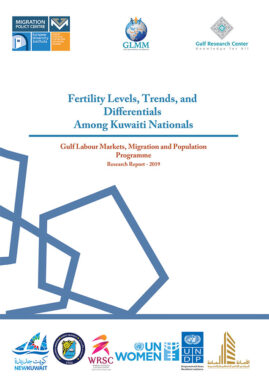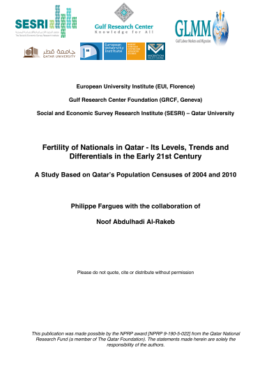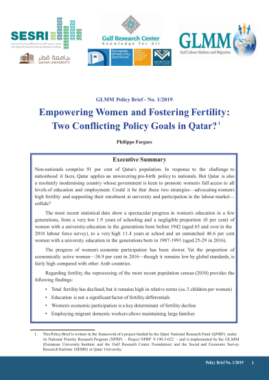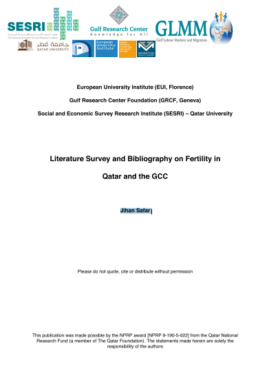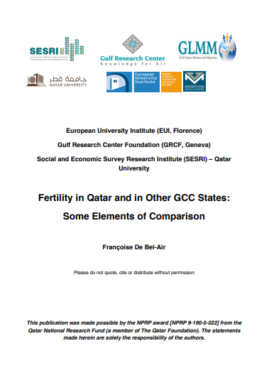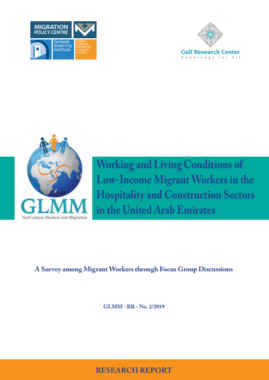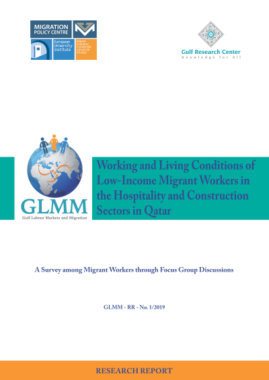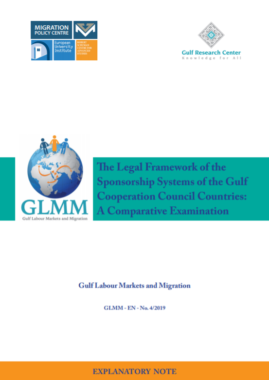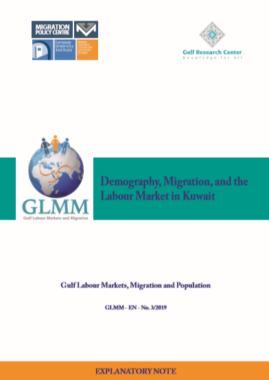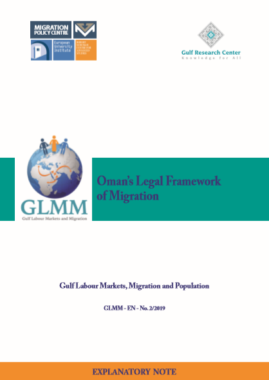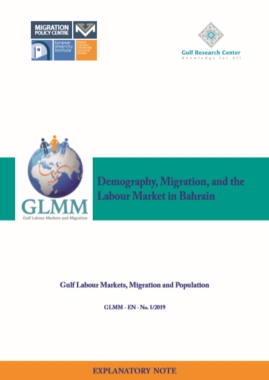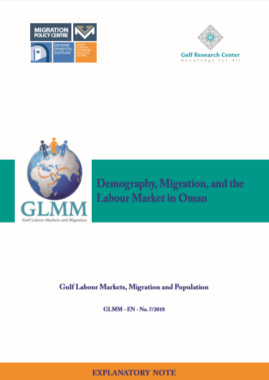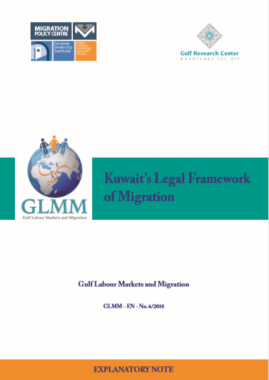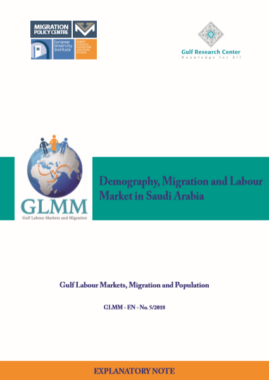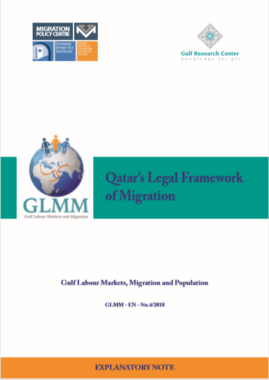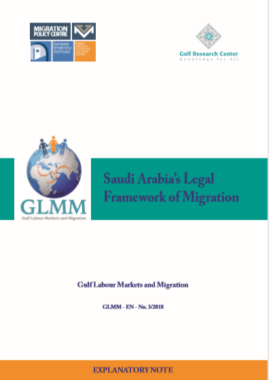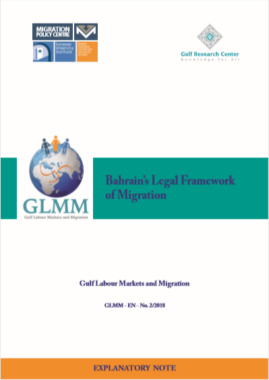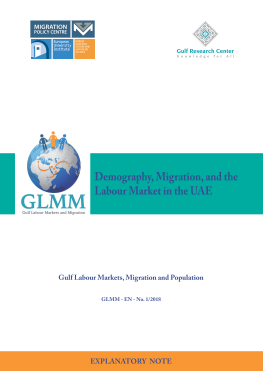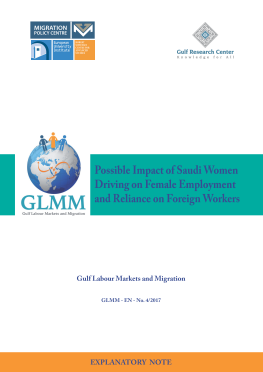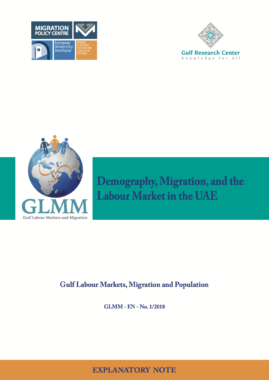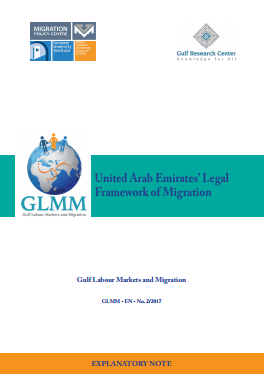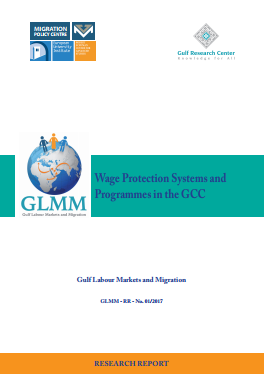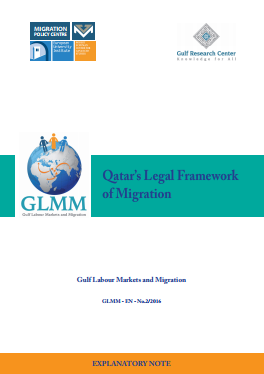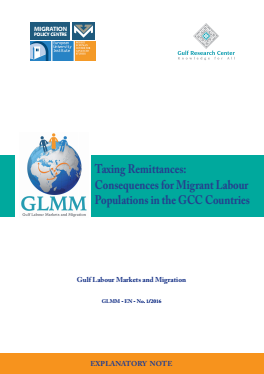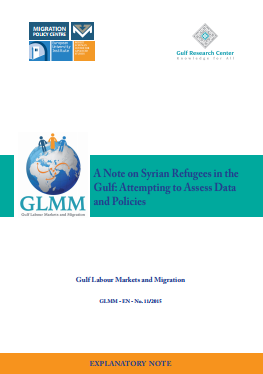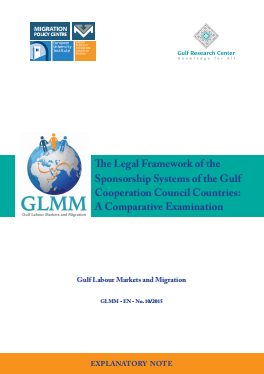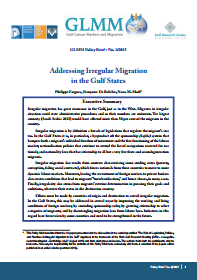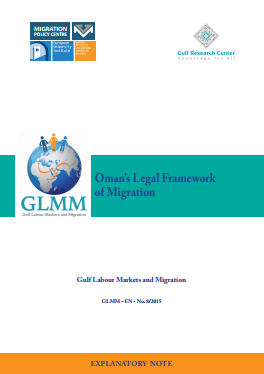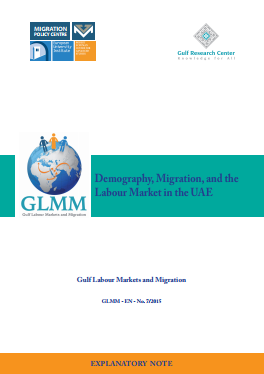GCC: Total population and percentage of nationals and non-nationals in GCC countries (national statistics, mid-2020)
| Country | Total population | Nationals | Foreign nationals | % nationals | % non-nationals |
| Bahrain | 1,472,204 | 713,263 | 758,941 | 48.4 | 51.6 |
| Kuwait | 4,816,592 | 1,442,005 | 3,374,587 | 29.9 | 70.1 |
| Oman | 4,578,016 | 2,719,500 | 1,858,516 | 59.4 | 40.6 |
| Qatar | 2,833,679 | 338,000* | 2,495,679* | 11.8** | 88.2** |
| Saudi Arabia | 35,013,414 | 21,430,128 | 13,583,286 | 61.2 | 38.8 |
| UAE | 9,289,297 | 1,274,435* | 8,014,862* | 13.7** | 86.3** |
| Total | 58,003,202 | 27,917,331* | 30,085,871* | 48.1** | 51.9** |
| Source: National institutes of statistics and GLMM’s estimates based on data published by National Statistical Institutes (see below) | |||||
| * GLMM’s estimate, based on data published by National Statistical Institutes (see below). | |||||
| ** Ratio is calculated on the basis of population estimates (see below). | |||||
1- Definition:
Non-nationals are:
1- persons bearing nationality of a foreign State other than the GCC State of residence, or bearing no proof of nationality from any given state (stateless persons and holders of refugee status and travel document in a third country);
2- Holders of residence permit residing in the given GCC country at date of census, as per definition of residence used in each of the countries.
Figures by nationality for Qatar and the UAE are estimates.
2- Sources of data:
(1) Bahrain Open Data Portal, “Documents” section, Population 2020, https://www.data.gov.bh/en/ResourceCenter
Source: administrative records (central Population Register)
(2) Statistics Service System, Kuwait Public Authority for Civil Information (PACI). Population, June 2020.
https://www.paci.gov.kw/ (inaccessible from outside Kuwait as of 4 October 2022).
(3) National Centre for Statistical Information (NCSI). Monthly Statistical Bulletin, July 2020.
https://www.ncsi.gov.om/Elibrary/Pages/LibraryContentView.aspx
(4) Total figures of Qataris and non-Qataris residing in Qatar are not readily available in any published source.
The present figures are GLMM’s estimates, using:
a. Qatar Planning and Statistics Authority, Population and Social Statistics 2020
https://www.psa.gov.qa/en/statistics/Statistical%20Releases/Population/Population/2020/Population_social_1_2020_AE.xls
which gave the total population by sex for mid-2020.
b. Qatar Planning and Statistics Authority. Woman and Man in the State of Qatar-A Statistical Profile, 2020,
https://www.psa.gov.qa/en/statistics/Statistical%20Releases/Social/GenrealSocialStatistics/MenWomenProfile/2020/Woman_Man_2020_EN.pdf
(last available data on total national and foreign populations’ age structure, as of September 2022)
which gave the percentage distribution of population by broad age group for mid-2019, by sex and nationality
c. The Labour Force Survey for the second quarter of 2020
https://www.psa.gov.qa/en/statistics/Statistical%20Releases/Social/LaborForce/2020/LF_Q2_2020_AE.xlsx
which gave the numbers of Qataris and foreigners aged 15 and above for mid-2020 (Q2 2020).
These were used to estimate the number of residents aged below 15 years, by nationality.
(5) Saudi Arabia Monetary Authority. Annual Statistics 2020, table 37. Population estimates by the General Authority for Statistics (GAStat),
based on the results of the Population Censuses (1974, 1992, 2004, 2010), on the Demographic Research Bulletin 2016 (2013-2017),
and on administrative records: vital statistics records (births and deaths records) and im/emigration records (General Authority for Statistics).
https://www.sama.gov.sa/en-US/EconomicReports/pages/yearlystatistics.aspx
(6) Figures of UAE population disaggregated by nationality are unavailable in published sources.
The Federal Competitiveness and Statistics Center (FCSC) publishes annual aggregated estimates of the total population in the UAE, based on the administrative records’ data:
“Population count is the total count of all persons living within the boundaries of the country at a specific time with their demographic characteristics from the official administrative records of the country”.
The table’s figures of Emirati and non-Emirati populations are GLMM’s estimates, using the following sources of published data:
1. Based on projections from census 2005, disaggregated estimates of Emirati and non-Emirati populations, last published for 2010 (mid-year)
http://original.fcsa.gov.ae/EnglishHome/ReportDetailsEnglish/tabid/121/Default.aspx?ItemId=1914&PTID=104&MenuId=1.
(publication no longer available as of 25 02 2025)
2. Disaggregated figures of births and deaths for the Emirati population (end-of-year figures), published for the years 2009 to 2022 (columns 1 and 2).
https://fcsc.gov.ae/en-us/Pages/Statistics/Statistics-by-Subject.aspx#/%3Ffolder=Demography%20and%20Social/Vital%20Statistics/Births%20and%20Deaths&subject=Demography%20and%20Social
Starting with 2009 data, we calculate the numbers of Emirati births and deaths
3. Assuming:
a. that the Emirati nationals’ demographic growth is primarily driven by natural increase (births-deaths), and that Emirati citizens’ international migration and naturalisations are only a few;
b. that the figure of Emiratis for 2010 is accurate, we calculate the number of Emiratis for mid- years 2011 to 2022:
E. population mid-year n = (E. population mid-year n-1) + (E. births mid-year n) – (E. deaths mid-year n).
4. The estimates of Emiratis are deducted from given total population figures, to estimate the number of non-Emiratis.
The accuracy of such estimates cannot be assessed, as they are based on given data which cannot be verified, such as the projections of census 2005 population data for 2010.
for more details see: https://gulfmigration.grc.net/glmm-database/demographic-and-economic-module/?search=1&cmct=United+Arab+Emirates
Last date of access: 25 February 2025
GLMM and GRC cannot guarantee that the link to access the source will not change;
that the information will not be removed from the website it was obtained from;
that no geo-blockages will be imposed; or that the information will not be available for any another reason.
Similar Posts:
- UAE- A methodology for estimating the Emirati and non-Emirati populations (2010-2022)
- GCC: Total population and percentage of nationals and non-nationals in GCC countries (national statistics, mid-2020)
- GCC: Total population and percentage of nationals and non-nationals in GCC countries (national statistics, mid-2022)
- GCC: Total population and percentage of nationals and non-nationals in GCC countries (national statistics, mid-2019)
- GCC: Total population and percentage of nationals and non-nationals in GCC countries (national statistics, 2020) (with numbers)
